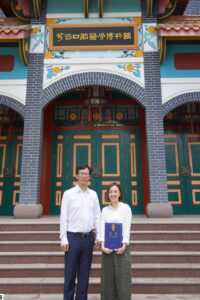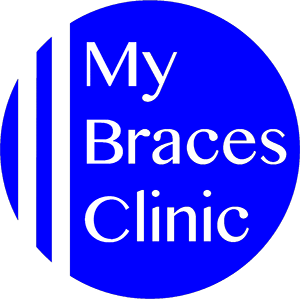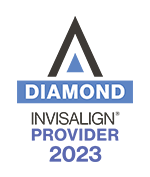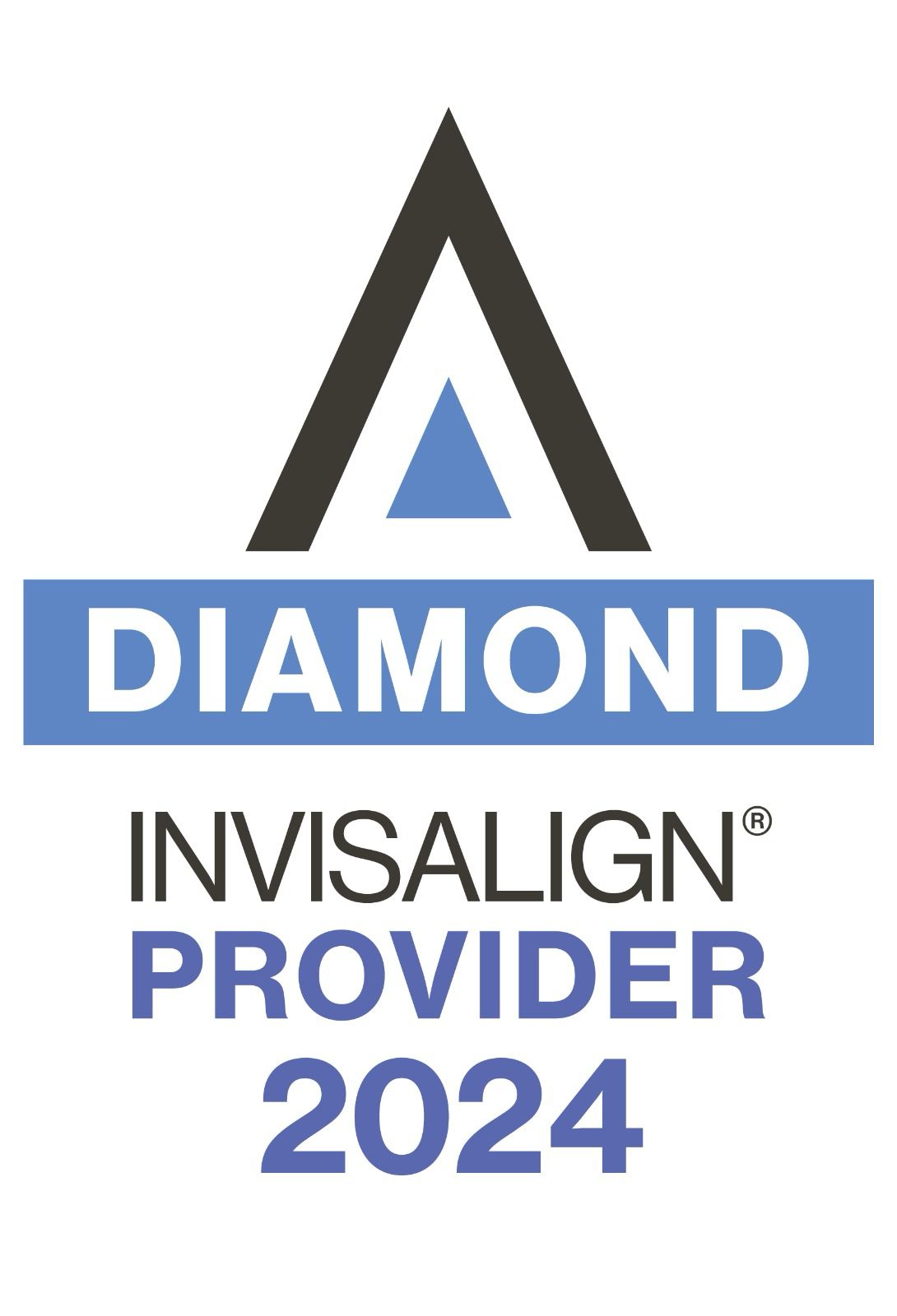📚 In April, I had the opportunity to attend a lingual braces course at the West China School of Stomatology, Sichuan University — widely regarded as the top dental school in China. The course was led by Professor Wang Jun, a respected expert in lingual biomechanics.
 .
. 

To my own surprise, learning orthodontics in Chinese turned out to be totally doable (equipped with my go-to survival kit – see right image ) 🤓 — like unlocking a hidden passive skill I didn’t know I had.
The course placed strong emphasis on the biomechanics of tooth movement in lingual systems. Beyond picking up practical tips, I walked away with a deeper appreciation for the versatility and strength of lingual appliances, particularly in a world where clear aligners dominate the spotlight.
This led me to the following reflections:
Before the clear aligner boom, lingual braces were the preferred method for truly invisible orthodontic treatment. Originally introduced by Dr. Fujita in 1967, lingual orthodontics has a rich and evolving history.
But with the rise of aligners and their well-executed marketing, lingual systems were gradually pushed aside. Today, both patients and clinicians often default to aligners due to their simplified expectations, ease of use, and patient appeal.
That said, clear aligners have limitations, especially when managing complex malocclusions. Even aligner cases frequently require adjuncts like sectional fixed appliances or TADs (mini-implants) to meet the standards of an orthodontically trained eye.
🔗 Read more on biomechanical limitations of aligners
Though lingual systems are more technically demanding, they remain an incredibly powerful and versatile tool — especially in difficult cases.
Thanks to advances in CAD/CAM workflows, 3D printing, and custom bracket design, modern lingual systems now offer precise, efficient, and aesthetic treatment — all while remaining completely hidden behind the teeth.
Lingual braces are also:
Truly invisible (no attachments or trays over the teeth)
More eco-friendly, with far less plastic waste compared to aligners
♻️ The environmental cost of aligner cases is becoming harder to ignore:
The biggest challenge with lingual orthodontics isn’t the technique — it’s the perception.
Patients often worry about comfort or speech changes. Clinicians may be intimidated by the steeper learning curve.
But with proper case selection, patient education, and a confident clinical approach, these psychological barriers are very manageable — and the results can be exceptional.
With 3M discontinuing Incognito in Singapore as of 2025, this course gave me valuable insight into future opportunities for lingual treatment in our region.


Here’s a quick comparison between the eBrace system and the now-phased-out Incognito system.
| Feature | eBrace | Incognito |
1. Manufacturer & Origin | Developer | Hangzhou DTC Medical Technology (China) | 3M (Germany) |
| Availability | Primarily in Asia (especially China), expanding globally | Widely used worldwide, especially in Europe and the U.S. |
2. Customization & Bracket Design | Bracket Design | Full-custom, CAD/CAM milled | |
| Slot Design | Optimized slot plus (double) slot options | Optimized slot |
3. Treatment Workflow | Software | eBrace’s proprietary DTC 3D software | Incognito Appliance System software |
| Lab Process | STL submission + setup approval + indirect bonding trays | |
| Lead Time | ~3–4 weeks | N.A |
4. Clinical Outcomes & Research | Research Publications | Fewer English-language peer-reviewed studies | Extensive clinical studies and long track record |
📝 Summary | Strengths | Affordable, accessible in Asia, increasingly sophisticated software | Gold standard in custom lingual systems, precision, robust support |
Thank you for reading!
Exploring lingual braces from a biomechanical perspective has been a humbling and enriching journey. I’m excited to keep learning and sharing these insights with you. If you have any questions or thoughts, feel free to reach out via our clinic Whatsapp.
Cheers always,
Dr Duan 😄
MyBracesClinic




